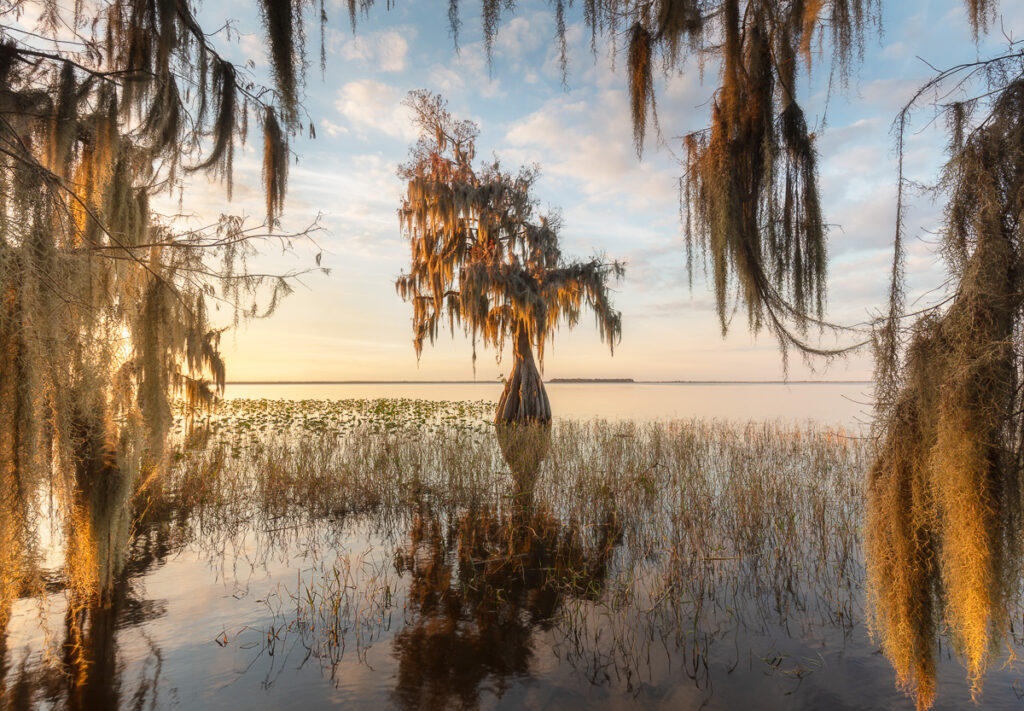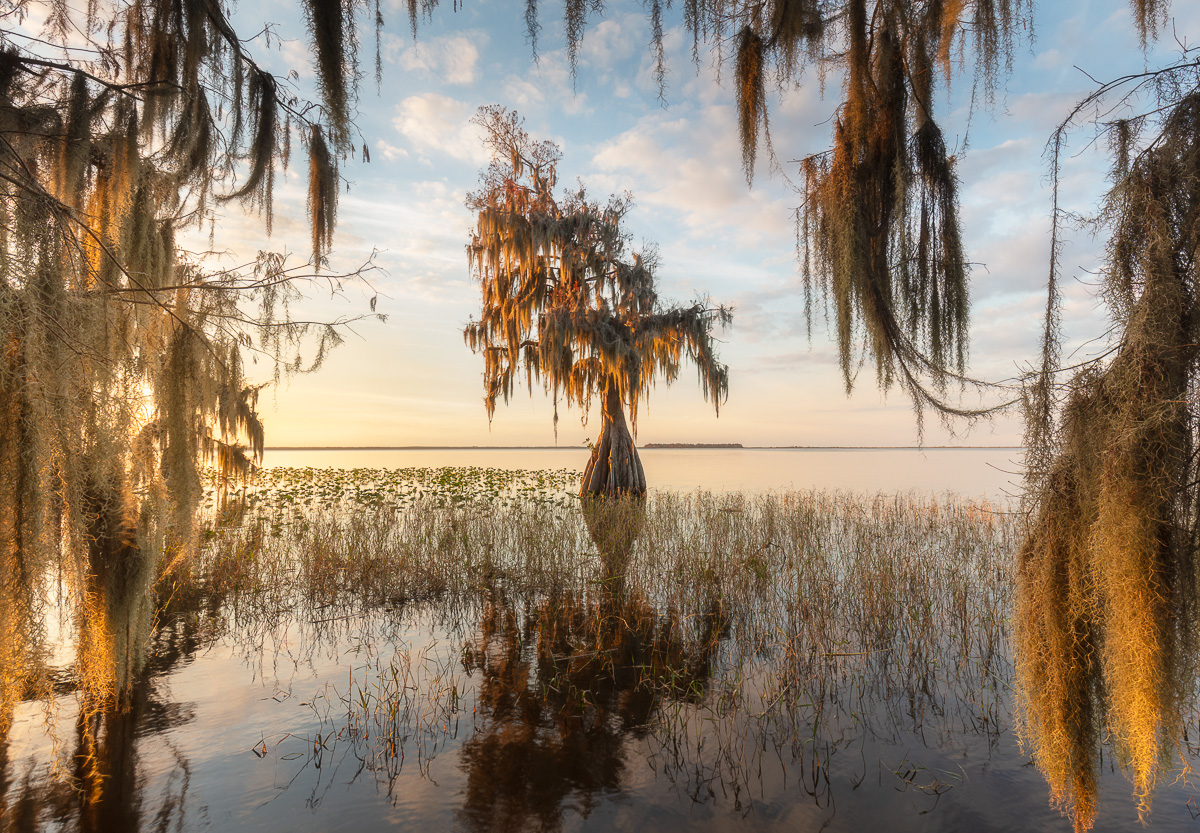
Capturing the Sunshine State: A Guide to Florida Landscape Photography
Florida, the Sunshine State, offers a diverse and stunning array of landscapes, from its pristine beaches and turquoise waters to the lush Everglades and rolling hills of the panhandle. For photographers, it’s a veritable playground of opportunities to capture breathtaking images. This guide delves into the art of Florida landscape photography, providing insights and tips to help you elevate your skills and create captivating photographs that showcase the unique beauty of this state.
Understanding Florida’s Unique Landscape
Before diving into the technical aspects, it’s crucial to understand the specific characteristics that define Florida’s landscape. Unlike mountainous regions or arid deserts, Florida’s beauty lies in its subtle nuances and diverse ecosystems. The light is often bright and intense, requiring careful consideration of exposure and composition. The humidity can also be a factor, potentially affecting your equipment and the clarity of your images. Understanding these elements is key to successful Florida landscape photography.
- Coastal Landscapes: Miles of sandy beaches, dunes, and vibrant sunsets offer endless photographic possibilities.
- The Everglades: A unique wetland ecosystem teeming with wildlife, providing opportunities for dramatic and evocative images.
- Springs and Rivers: Crystal-clear springs and winding rivers offer a different perspective, showcasing Florida’s natural beauty beneath the surface.
- Forests and Parks: From ancient cypress swamps to pine forests, Florida’s diverse flora creates stunning backdrops.
Essential Equipment for Florida Landscape Photography
Having the right equipment is essential for capturing high-quality landscape photographs. While a smartphone can be a great starting point, a dedicated camera system offers more control and flexibility. Here’s a breakdown of essential gear:
- Camera: A DSLR or mirrorless camera with interchangeable lenses is ideal. Look for a camera with good dynamic range to capture the wide range of light in Florida landscapes.
- Lenses: A wide-angle lens (16-35mm) is crucial for capturing expansive scenes. A telephoto lens (70-200mm or longer) can be useful for isolating distant subjects or compressing perspective. A standard zoom lens (24-70mm) provides versatility for various situations.
- Tripod: A sturdy tripod is essential for sharp images, especially in low light or when using slow shutter speeds.
- Filters: Polarizing filters reduce glare and enhance colors, particularly in water and skies. Neutral density (ND) filters reduce the amount of light entering the lens, allowing for longer exposures and motion blur effects. Graduated neutral density (GND) filters help balance the exposure between bright skies and darker foregrounds.
- Remote Shutter Release: Minimizes camera shake when using slow shutter speeds.
- Camera Bag: A comfortable and protective bag to carry your gear.
Composition Techniques for Stunning Florida Landscape Photography
Composition is the art of arranging elements within the frame to create a visually appealing and impactful image. Here are some key composition techniques to consider when practicing Florida landscape photography:
- Rule of Thirds: Divide the frame into nine equal parts with two horizontal and two vertical lines. Place key elements along these lines or at their intersections to create a balanced and engaging composition.
- Leading Lines: Use lines, such as roads, rivers, or fences, to guide the viewer’s eye through the image and towards the main subject.
- Framing: Use natural elements, such as trees, arches, or rocks, to frame the subject and draw attention to it.
- Foreground Interest: Include interesting elements in the foreground to add depth and scale to the image.
- Symmetry and Patterns: Look for symmetrical compositions or repeating patterns to create visually striking images.
- Negative Space: Use empty space to create a sense of calm and emphasize the subject.
Mastering Exposure in Florida’s Bright Light
Florida’s bright sunlight can be challenging for photographers. Overexposure can lead to blown-out highlights and loss of detail. Here are some tips for mastering exposure in Florida landscape photography:
- Shoot During the Golden Hours: The hour after sunrise and the hour before sunset offer soft, warm light that is ideal for landscape photography.
- Use a Polarizing Filter: Reduces glare and enhances colors, allowing you to capture richer and more vibrant images.
- Use a Graduated Neutral Density (GND) Filter: Helps balance the exposure between bright skies and darker foregrounds.
- Shoot in RAW: Captures more information than JPEG, allowing for greater flexibility in post-processing.
- Use the Histogram: A visual representation of the tonal range in your image. Use it to ensure that your image is properly exposed.
Finding the Best Locations for Florida Landscape Photography
Florida is brimming with incredible locations for landscape photography. Here are a few suggestions to get you started:
- Everglades National Park: Explore the vast sawgrass prairies, mangrove forests, and diverse wildlife of this unique ecosystem.
- Dry Tortugas National Park: A remote island chain with pristine beaches, turquoise waters, and historic Fort Jefferson.
- Sanibel and Captiva Islands: Known for their beautiful beaches, abundant seashells, and stunning sunsets.
- St. Augustine: The oldest city in the United States, offering historic architecture and picturesque coastal scenery.
- Wakulla Springs State Park: Home to one of the largest and deepest freshwater springs in the world, offering opportunities for underwater photography and wildlife viewing.
- Florida Keys: A string of tropical islands offering stunning beaches, vibrant coral reefs, and breathtaking sunsets.
Post-Processing Techniques for Enhancing Your Florida Landscape Photos
Post-processing is an essential part of the Florida landscape photography workflow. It allows you to refine your images, correct any imperfections, and enhance their overall impact. Here are some common post-processing techniques:
- Adjusting Exposure and Contrast: Fine-tune the overall brightness and contrast of the image.
- Adjusting White Balance: Correct any color casts and ensure accurate color rendition.
- Sharpening: Enhance the details and sharpness of the image.
- Removing Noise: Reduce unwanted noise or graininess in the image.
- Dodging and Burning: Selectively lighten or darken specific areas of the image to enhance detail and create a sense of depth.
- Color Grading: Adjust the colors in the image to create a specific mood or atmosphere.
Ethical Considerations in Florida Landscape Photography
It’s crucial to practice ethical photography and minimize your impact on the environment. Always respect wildlife and their habitats, avoid disturbing vegetation, and pack out all your trash. Obtain necessary permits and permissions before photographing in restricted areas. By following these guidelines, you can help protect Florida’s natural beauty for future generations. Consider joining organizations dedicated to preserving Florida’s natural resources. Florida landscape photography should be done responsibly.
Tips for Capturing Unique Perspectives in Florida Landscape Photography
To make your Florida landscape photography stand out, try these tips for capturing unique perspectives:
- Explore aerial photography: Drones can offer stunning perspectives of Florida’s coastline and interior landscapes.
- Experiment with underwater photography: Capture the beauty of Florida’s springs, rivers, and coral reefs.
- Shoot at night: Capture the Milky Way over Florida’s dark skies.
- Focus on details: Zoom in on the textures and patterns of nature.
- Incorporate human elements: Add a sense of scale and story by including people in your landscapes.
Florida landscape photography offers a rewarding and challenging experience for photographers of all levels. By understanding the unique characteristics of the Florida landscape, mastering essential equipment and techniques, and practicing ethical photography, you can create stunning images that capture the beauty and diversity of the Sunshine State. Remember to always be respectful of the environment and strive to tell a story with your photographs. [See also: Photographing Florida Wildlife]

